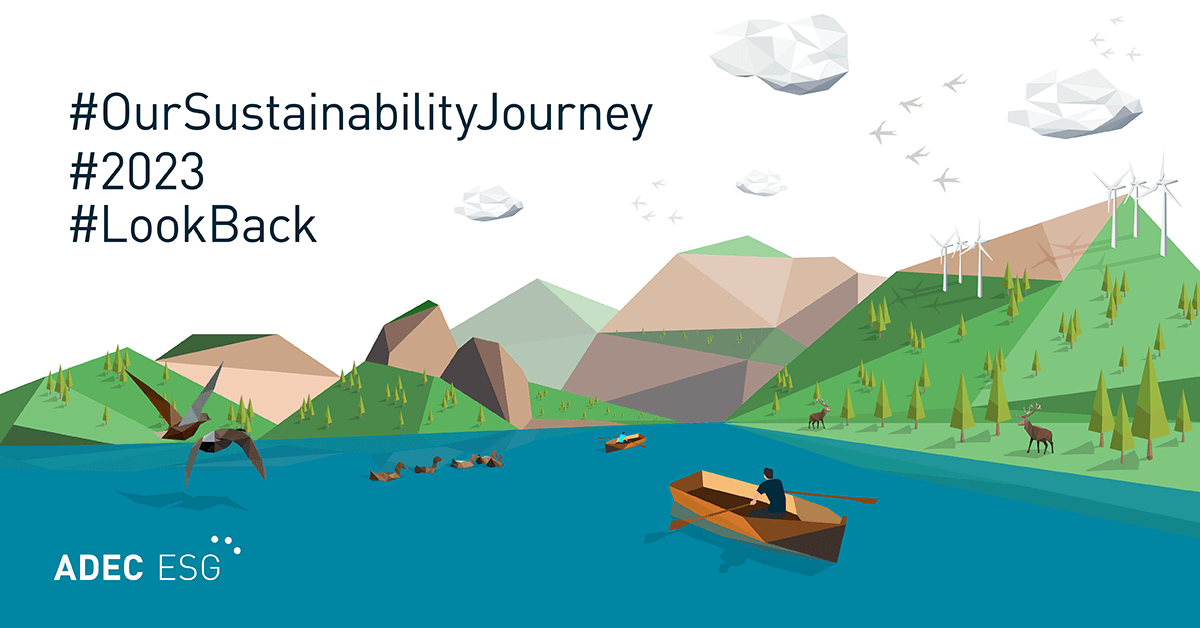 It has been said countless times that water is the universal source of life. Survival experts say that a man can survive for three weeks without food – without water, the window eclipses in just three days. Even NASA’s discovery of water in Martian soil made news, sparking discussions whether the Red Planet once harboured life. Without this colourless, odourless liquid, all life will perish and cease to exist, even those as inorganic as corporations and conglomerates. Today, businesses are witnessing the effects of water-related risks unfold right in front of their eyes.
It has been said countless times that water is the universal source of life. Survival experts say that a man can survive for three weeks without food – without water, the window eclipses in just three days. Even NASA’s discovery of water in Martian soil made news, sparking discussions whether the Red Planet once harboured life. Without this colourless, odourless liquid, all life will perish and cease to exist, even those as inorganic as corporations and conglomerates. Today, businesses are witnessing the effects of water-related risks unfold right in front of their eyes.
Last year, the $4.8 billion Conga gold and copper mining project in Peru was suspended. Protests forced the program into a screeching halt as it threatens the local community’s water supplies due to its extensive water requirements. Detroit-based General Motors estimates that losing its Mexican operations to drought will leave a $27 million-hole, monthly.
It has been reported that the threat of water-related risks to firms’ “business-as usual” activities is driving corporations to act immediately. Accordingly, 64% of the CDP survey respondents believe that water-related threats will strike their businesses within five years. While reducing the use and waste of this most vital of resources is a good start, it is inadequate in terms of addressing increasingly immediate water risks. Having a more efficient and less wasteful supply chain can increase revenues and improve profitability; however, the World Wildlife Fund suggests a better solution, Water Stewardship. Water stewardship is used to describe the growing private sector engagement with water issues. It is the actions of companies and businesses  to improve the efficiency and cleanliness of their operations and supply chain. Stewardship recognizes the need for a wider approach to answer for it has internal and external components. It acknowledges that exploitation or excessive use of water will ultimately lead to business risks.
to improve the efficiency and cleanliness of their operations and supply chain. Stewardship recognizes the need for a wider approach to answer for it has internal and external components. It acknowledges that exploitation or excessive use of water will ultimately lead to business risks.
Some corporations have a better understanding of water-related risks and admit to the fact that reducing water-use is simply not enough. According to a report by CDP, the Coca-Cola Company describes the many components of threats posed by water issues: “water stress has many faces and should not be defined solely as physical availability. The risks to any particular location are a function of a number of factors including physical availability, water quality, infrastructure existence/pressure, pricing, drought, competing use, increasing demand, climate change, policy, public sector management capacity, regulatory limits and  social acceptance.”
social acceptance.”
Since 2011, CDP reports a 15% increase in the proportion of respondents who have set concrete water sustainability goals. However, water-related risks still remain to be addressed by other enterprises. 23% of CDP respondents are still unable to identify if they are exposed to such risks across their supply chains.To ensure these risks are kept at bay is to ensure business continuity. To achieve this, companies must put a long-term sustainability strategy in place. Firms need to recognize risks and assess their end-to-end operations, engaging stakeholders and governments, while seeking expert advice.
Realizing these goals can be achieved with the help of FirstCarbon Solutions (FCS). As the exclusive scoring partner for CDP’s Supply Chain Program, in addition to being a Gold Consultancy Partner and Silver Software Partner, FCS can help any enterprise improve its operations and CDP disclosures. As an LCA and Supply Chain Services expert, FCS can aid corporations in attaining sustainable practices in a host of other aspects. Water stewardship holds the key to water security, FCS can unlock its benefits though its unique and proven capabilities that can help you develop a water risk strategy, leading to efficiency, business innovations, stronger customer relationships, cooperation with stakeholders and an improved bottom line.Click the button below to speak to one of our experts:





